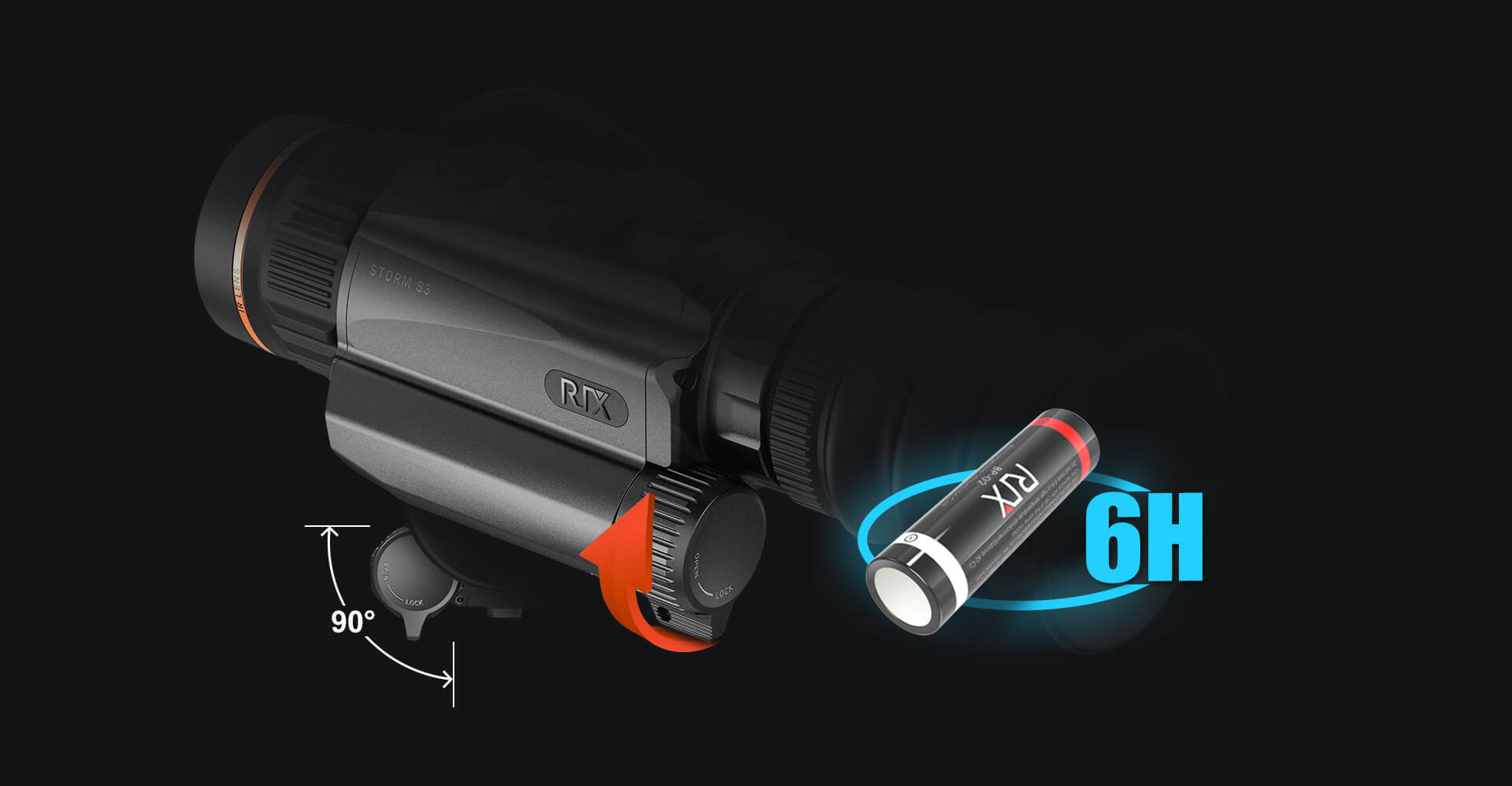In the realm of optics, thermal night vision scopes represent a significant advancement in technology, allowing users to see in complete darkness. But how do these devices work, and what distinguishes them from traditional night vision equipment? This article delves into the intricacies of thermal imaging technology, providing a comprehensive understanding for enthusiasts and professionals alike.

Understanding Thermal Imaging Technology
At the core of thermal night vision scopes is the principle of detecting infrared radiation. Unlike traditional night vision devices that amplify visible light, thermal scopes capture the heat emitted by objects. This capability allows users to identify living beings, vehicles, and other heat sources even in total darkness.
- Infrared Sensors: Thermal scopes utilize specialized sensors that convert thermal energy into electronic signals.
- Image Processing: These signals are then processed to create a visible image, highlighting temperature differences.
- Display Technology: Finally, the processed images are displayed on a screen, allowing for real-time observation.
What Sets Thermal Night Vision Scopes Apart?
One of the most significant advantages of thermal night vision scopes is their ability to function effectively in various environmental conditions. Whether it’s fog, smoke, or complete darkness, these devices maintain their performance. This reliability makes them invaluable for applications such as wildlife observation, search and rescue operations, and tactical situations.
Key Features of Thermal Night Vision Scopes
When considering a thermal night vision scope, several features should be taken into account:
- Resolution: Higher resolution provides clearer images, enhancing target identification.
- Detection Range: The distance at which a scope can effectively identify a target is crucial for many users.
- Battery Life: Extended battery life ensures that the device remains operational during critical missions.
- Durability: Many thermal scopes are designed to withstand harsh conditions, making them suitable for outdoor use.
Applications of Thermal Night Vision Scopes
The versatility of thermal night vision scopes extends across various fields. They are widely used in:
- Hunting: Hunters utilize thermal scopes to track game in low-light conditions.
- Law Enforcement: Officers employ these devices for surveillance and tactical operations.
- Military Operations: Thermal imaging is crucial for reconnaissance and target acquisition.
- Search and Rescue: These scopes aid in locating missing persons in challenging environments.
Conclusion
In summary, thermal night vision scopes represent a remarkable fusion of technology and practicality. Their ability to detect heat signatures allows for unparalleled visibility in darkness, setting them apart from traditional optics. As advancements continue, these devices will undoubtedly play an increasingly vital role in various applications. For those interested in exploring high-quality thermal optics, consider visiting  for a range of options tailored to your needs.
for a range of options tailored to your needs.








